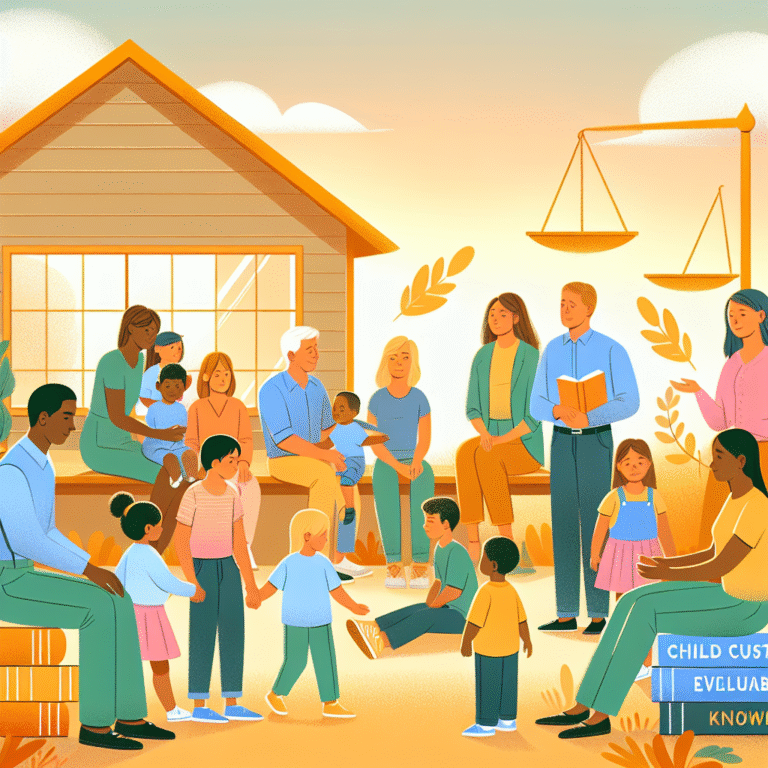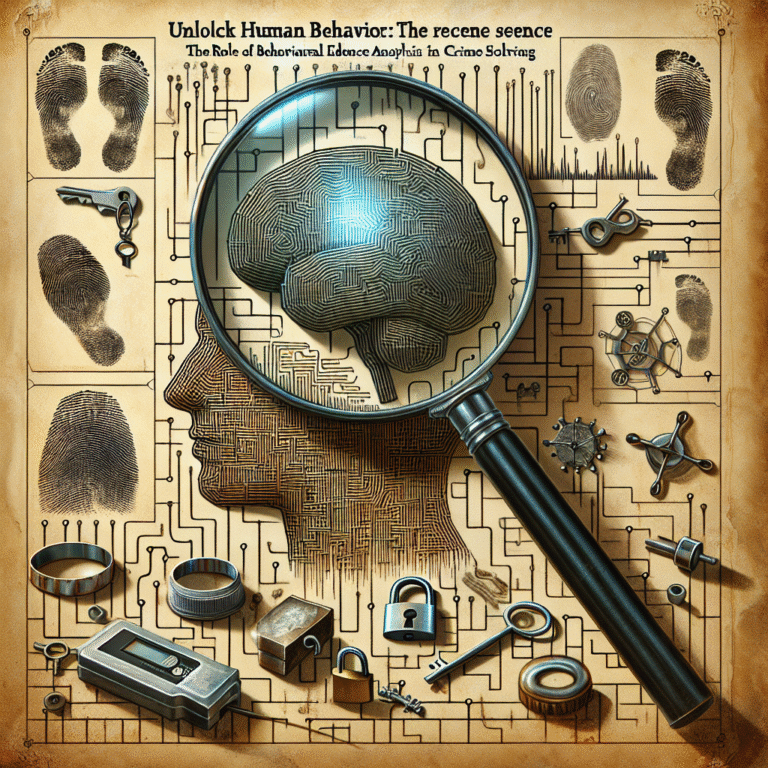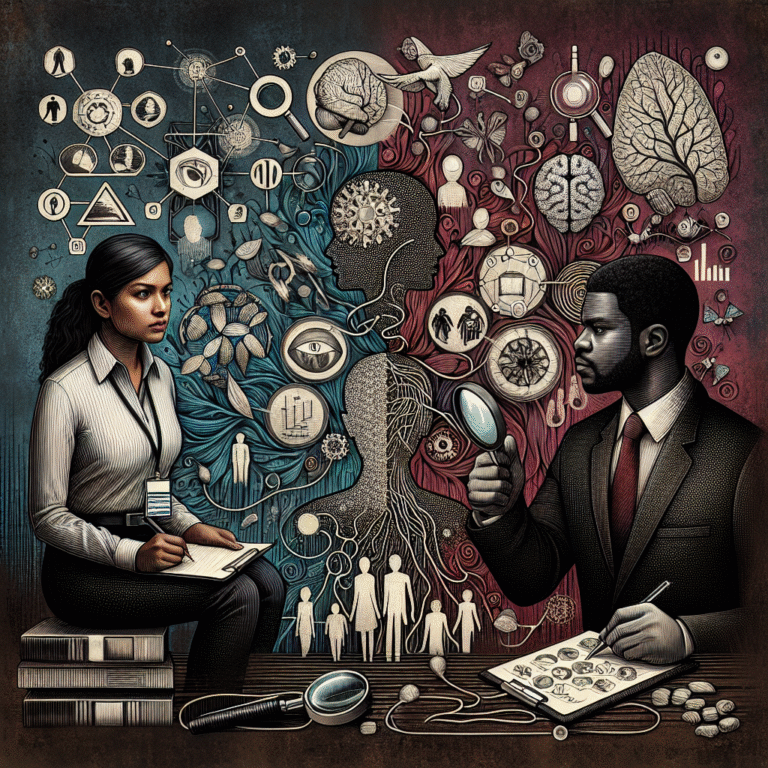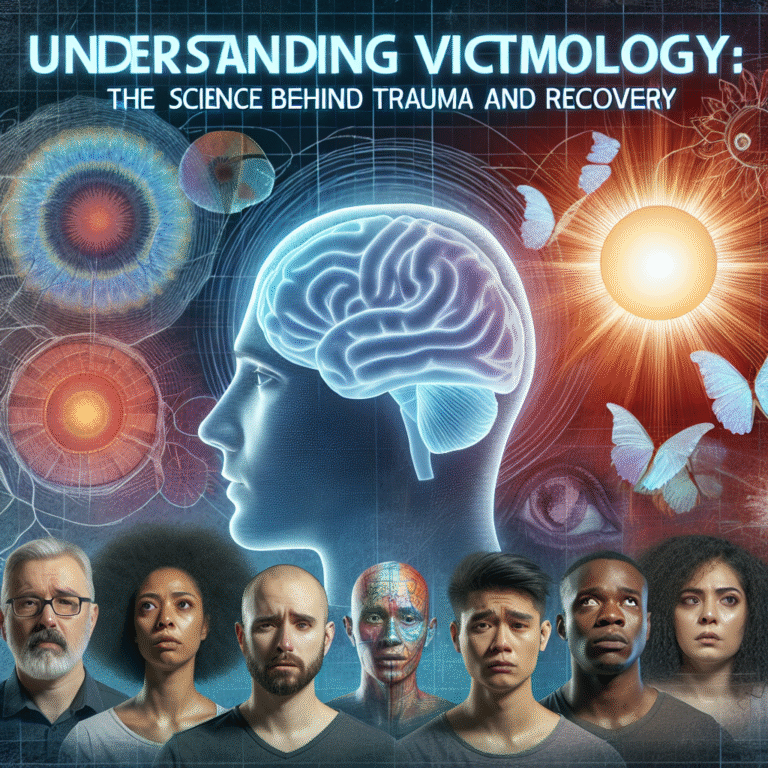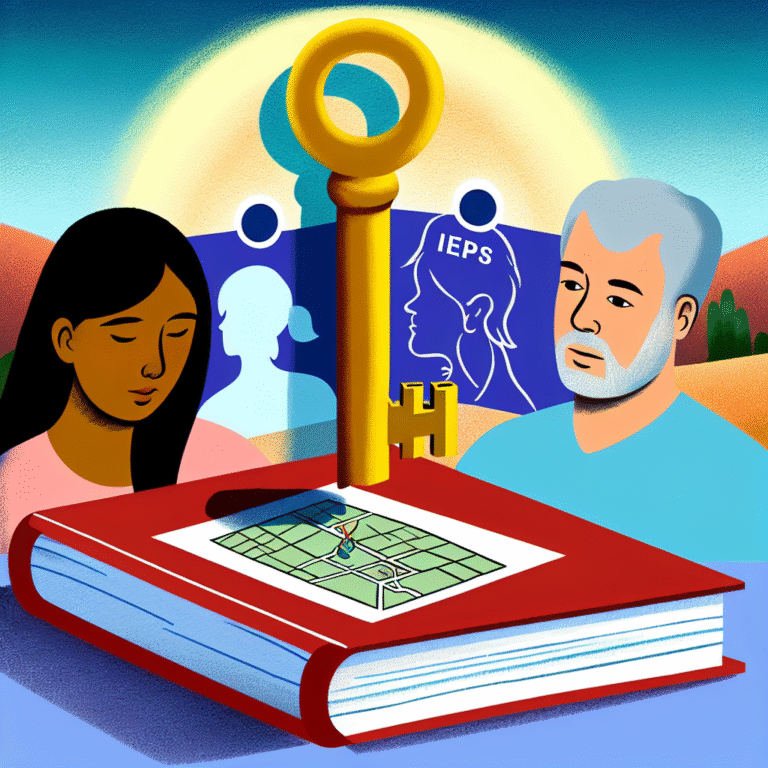Introduction
In an age where digital communication is king and smartphones are practically appendages, understanding the intricate ways technology influences juvenile behavior has become essential. Social media platforms like Instagram, Snapchat, and TikTok have transformed how young people interact, express themselves, and navigate the turbulent waters of adolescence. But what does this mean for their development, behavior, and mental health? With a staggering number of teens spending hours online daily, it’s crucial to dive deep into the role of technology: how social media influences juvenile behavior. The implications are vast, affecting not just individual lives but also societal norms and future generations.
Understanding the Impact of Social Media on Juveniles
The Double-Edged Sword of Connectivity
The allure of social media lies in its ability to connect people instantly. For juveniles, this means easy access to friends and peers, fostering social connections that can boost self-esteem and provide emotional support. However, the ease of digital communication also brings with it challenges that can drastically alter juvenile behavior.
Case Study: The Impact of Instagram on Self-Image
Research shows that platforms like Instagram can lead to negative self-perception among teens. A study by the American Psychological Association found that 32% of teenage girls felt worse about their bodies after viewing content on Instagram. This underscores a critical aspect of the role of technology: how social media influences juvenile behavior—often in a detrimental way.
Social Comparison and Mental Health
Social comparison is another significant phenomenon that arises from social media usage. Adolescents frequently measure their lives against the curated realities of their peers, leading to feelings of inadequacy and anxiety.
Table 1: Effects of Social Media on Mental Health Indicators
| Indicator | Positive Effect | Negative Effect |
|---|---|---|
| Self-esteem | 30% | 50% |
| Anxiety levels | 20% | 60% |
| Loneliness | 25% | 55% |
| Peer relationship quality | 40% | 45% |
This table highlights the duality of social media’s impact on juvenile behavior. While there are positive effects, the negative consequences loom larger.
Cyberbullying: A Growing Concern
One of the most alarming aspects of the role of technology: how social media influences juvenile behavior is the rise of cyberbullying. Anonymity on these platforms often emboldens individuals to engage in harmful behaviors without considering the consequences.
Case Study: The Tragic Story of Amanda Todd
The case of Amanda Todd, a Canadian teenager who faced relentless cyberbullying, serves as a poignant example. Following her online harassment, Amanda struggled with mental health issues and tragically took her own life. This heartbreaking story emphasizes the potential dangers lurking in the digital world and highlights the urgent need for parental and societal intervention.
Positive Influences: Building Communities
While it’s easy to focus on the downsides of social media, it’s imperative to acknowledge its positive aspects. Platforms like Facebook and Reddit can foster supportive communities, allowing juveniles to explore their identities, share experiences, and provide mutual support.
Bullying Prevention Programs on Social Media
Various initiatives harness social media’s reach to combat bullying. Campaigns like #BeKind, which promote kindness and anti-bullying advice, are excellent examples of how technology can facilitate constructive behavior among young people.
The Role of Parental Guidance
Navigating the Digital Landscape
As parents, understanding the role of technology: how social media influences juvenile behavior is pivotal. Open discussions about online experiences can help children navigate the digital landscape more effectively.
Table 2: Key Parenting Strategies for Social Media Engagement
| Strategy | Description |
|---|---|
| Open communication | Regular conversations about online experiences |
| Setting boundaries | Establishing screen time limits |
| Promoting critical thinking | Encouraging skepticism towards online content |
Table 2 outlines strategies that can empower parents to guide their children effectively in the digital age, ensuring their online experiences are positive and informative.
Educators and Social Media Literacy
Increasingly, schools are recognizing the importance of teaching social media literacy. By educating students about responsible online behavior, the adverse effects of social media can be mitigated.
Case Study: Social Media Literacy Programs in Schools
One noteworthy initiative is the "Digital Citizenship" program implemented in various US schools. It aims to teach students about the ethical use of technology and the impact of their online presence. Schools have reported a significant reduction in incidents of cyberbullying and increased awareness around digital footprints since the program’s launch.
The Role of Technology in Shaping Identity
Online Self-Presentation
The online behavior of juveniles contributes significantly to their self-identity development. Young people often experiment with various identities on social platforms, leading to greater self-awareness and social skills.
Chart: Adolescent Identity Development Stages and Social Media Influence
| Stage of Development | Social Media Influence |
|---|---|
| Early Adolescence (10-12 years) | Exploration of interests |
| Middle Adolescence (13-15 years) | Peer influence becomes stronger |
| Late Adolescence (16-18 years) | Identity solidification |
As illustrated in the chart, the role of technology is critical in shaping behaviors and identity throughout different stages of adolescence.
Conclusion
The conversation surrounding the role of technology: how social media influences juvenile behavior is complex and multifaceted. While social media offers unparalleled opportunities for connection and self-expression, it also presents significant challenges, particularly regarding mental health and self-esteem.
Parents, educators, and communities must work collaboratively to harness the positive aspects of this technology while minimizing its risks. Future generations deserve a healthy relationship with these platforms, equipped with the knowledge and skills to navigate the digital world responsibly.
Key Takeaway
In our rapidly evolving digital landscape, fostering a balanced approach to social media usage among juveniles is essential. By emphasizing open dialogue, education, and community support, we can guide young people toward a healthier, more positive online existence.
FAQs
Q1: How does social media impact self-esteem in adolescents?
A1: Social media can both boost and harm self-esteem. Positive interactions can foster confidence, while negative comparisons may lead to feelings of inadequacy.
Q2: What role do parents play in their children’s social media use?
A2: Parents can guide and educate their children about responsible online behavior, set boundaries, and promote open communication.
Q3: Is cyberbullying a significant issue on social media platforms?
A3: Yes, cyberbullying is a prevalent issue, leading to serious psychological effects for victims. Awareness and intervention are key.
Q4: How can schools address the risks of social media?
A4: Schools can implement social media literacy programs that educate students on the ethical use of technology and the consequences of their online actions.
Q5: Are there positive communities on social media?
A5: Absolutely! Many platforms host supportive communities that can provide encouragement and help adolescents explore their identities in a positive environment.
By embracing the complexities of the role of technology: how social media influences juvenile behavior, we can foster a safer and more enriching environment for future generations.




